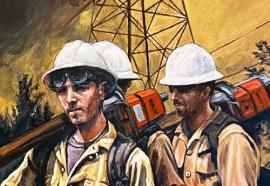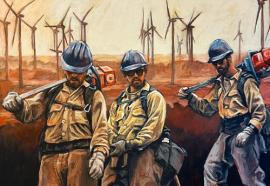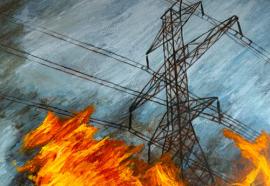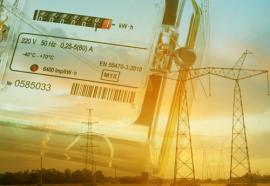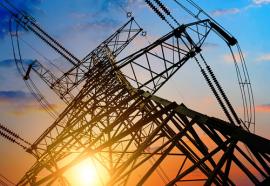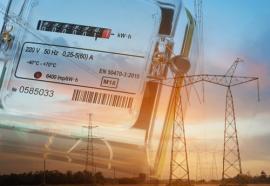Wildfires: Rocky Mountain Power
Unique conversations
“We are getting more sophisticated about understanding all factors that go into how and where we make investments. That also helps us defend investments to regulators and others, because we have the science, rigor, and discipline to justify them as prudent.”


